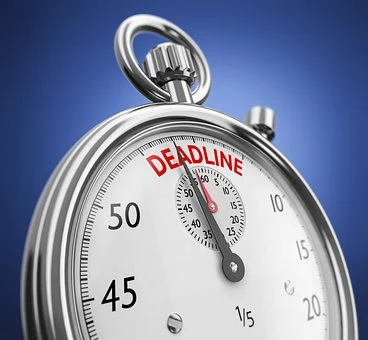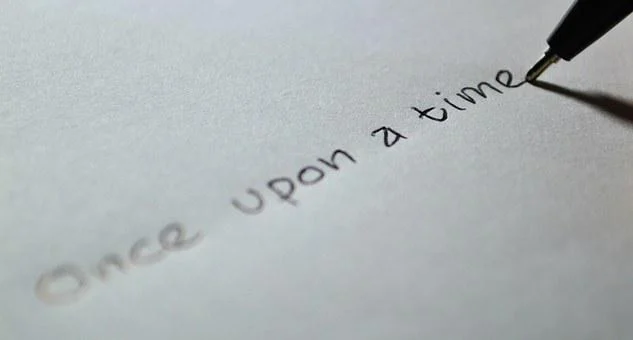-
 September 11, 2018 · Bar RescueBusiness Reality TVGovernment contractingopportunity managementProposal Developmentproposal managementproposal writing
September 11, 2018 · Bar RescueBusiness Reality TVGovernment contractingopportunity managementProposal Developmentproposal managementproposal writingEmbrace Solutions, Not Excuses: Three Approaches to Handling Challenging Situations
Like all reality television, business reality shows are built on drama. Many of these programs focus on helping failing and struggling business turn their operations around, usually with a heavy dose of “tough love.” For example:
-
 September 5, 2018 · Business Reality TVDragons' DenGovernment contractingopportunity managementProposal Developmentproposal managementproposal writingsolution development
September 5, 2018 · Business Reality TVDragons' DenGovernment contractingopportunity managementProposal Developmentproposal managementproposal writingsolution developmentKnow your Numbers! Three Key Steps to Having the Information You Need
It’s always the most dramatic moment in a pitch on Shark Tank. The entrepreneur has done a great job talking about his revolutionary new product and how it will take the world by storm. Then one of the business heavyweights asks the critical question: “What are your numbers?” <Crickets.>
-
 August 28, 2018 · BlogBusiness Reality TVGovernment contractingopportunity managementProposal Developmentproposal managementproposal writingsolution development
August 28, 2018 · BlogBusiness Reality TVGovernment contractingopportunity managementProposal Developmentproposal managementproposal writingsolution developmentSeven Lessons to Learn from Business Reality Television
I have a problem. I am addicted to business reality television. You can keep the Bachelor and The Voice. Instead, I am drawn to the real-life struggles and lessons from shows like Shark Tank, The Profit, Undercover Boss, Bar Rescue, and more.
-
 August 13, 2018 · processProposal Developmentproposal managementproposal writing
August 13, 2018 · processProposal Developmentproposal managementproposal writingDoing It Yourself: Three Tips to Leverage Your Experts
In our Better Proposal Writing series, we have covered Proposal section introductions, approach narratives, substantiation, and benefit statements. As we conclude our series we answer the age-old question: what do I do if my team just cannot write?
-
 August 2, 2018 · Government contractingProposal Developmentproposal managementproposal writing
August 2, 2018 · Government contractingProposal Developmentproposal managementproposal writingGive Them a Reason To Care: Three Tips to Better Benefit Statements
So far in our “Better Proposal Writing” series, I have articulated the need for a strong, client-focused introduction; a well-constructed approach section; and hard-hitting substantiation. However, the one thing I have not discussed is how to gain the “bonus points” from an evaluator to get your proposal from Good to Outstanding.
-
 June 23, 2018 · capture strategydifferentiationlife cycle managementopportunity managementProposal Developmentproposal managementproposal writingTales from the DebriefValue addWin Theme Developmentwomen's basketball
June 23, 2018 · capture strategydifferentiationlife cycle managementopportunity managementProposal Developmentproposal managementproposal writingTales from the DebriefValue addWin Theme Developmentwomen's basketballShattering Proposal Myths: Myth 7 – We Only Need Proposal Professionals at the End
The company has been targeting an opportunity for a year. It has gone through all the necessary step reviews, has had dedicated capture resources, several client meetings, and the team has even developed win themes and solutions. The solicitation drops. The capture lead then poses the question: ‘who is our proposal manager?’
-
 June 6, 2018 · BlogGovernment contractingopportunity managementProposal Developmentproposal managementproposal writing
June 6, 2018 · BlogGovernment contractingopportunity managementProposal Developmentproposal managementproposal writingProve It! Three Tips to Creating Strong Substantiation Statements
In our “Better Proposal Writing” series, we have covered how to create a strong section introduction and how to craft compelling content to articulate an approach. Good proposals do not just state the work a company will perform. It also backs up the approach with proof statements explaining why it is the best option for the client. This […]
-
 June 2, 2018 · Government contractingProposal Developmentproposal managementproposal writing
June 2, 2018 · Government contractingProposal Developmentproposal managementproposal writingShattering Proposal Myths: Myth 6 – We Need to Tell a Story
Upon receiving the solicitation, the proposal manager develops an outline based on the requirements. After circulating it to the bid team, the capture lead sends a reply. He writes the structure “doesn’t flow” and demands changes because the outline does not allow him to tell the story he wants.
-
 May 29, 2018 · BlogGovernment contractingopportunity managementProposal Developmentproposal managementproposal writingTales from the Debrief
May 29, 2018 · BlogGovernment contractingopportunity managementProposal Developmentproposal managementproposal writingTales from the DebriefTop 4 Tips for Writing Strong Proposal Narrative
In my last post, I wrote about the importance of a strong introduction and how it sets up each proposal section for success. The next component of a proposal section is the most important to the evaluator – the approach. In short, this is where you are scored. A poorly written or poorly structured approach leaves […]
-
 April 25, 2018 · BlogCustomer IntimacyGovernment contractingopportunity managementProposal Developmentproposal managementproposal writing
April 25, 2018 · BlogCustomer IntimacyGovernment contractingopportunity managementProposal Developmentproposal managementproposal writingFour Tips to Make Your Proposal Introduction Stand Out
To quote a song in the classic film The Sound of Music, bid writing needs to “start at the very beginning, a very good place to start.” A good introduction to a proposal section can make the difference between winning and losing a bid. A strong opening catches the reader’s attention and makes him/her more likely […]